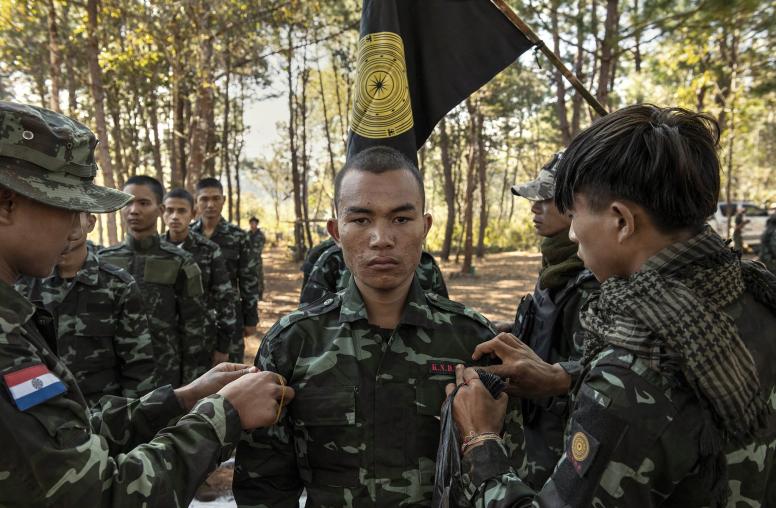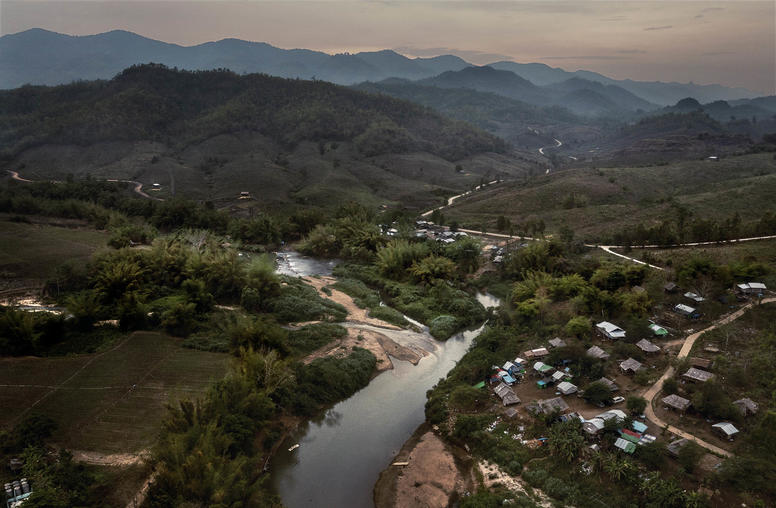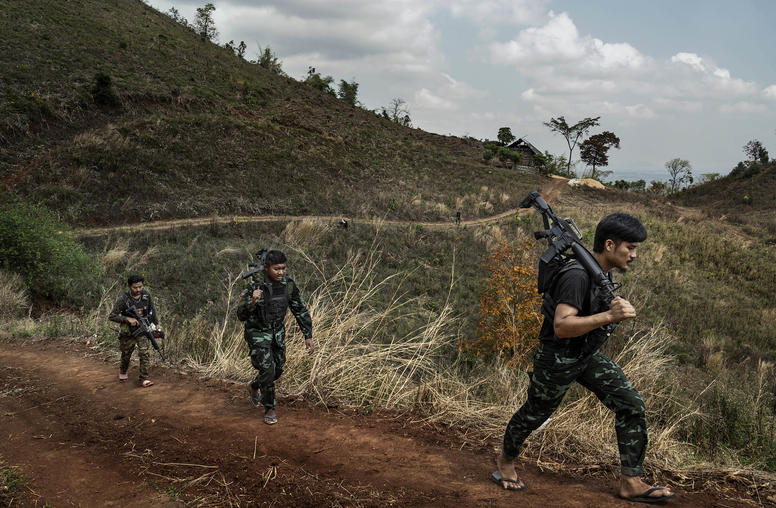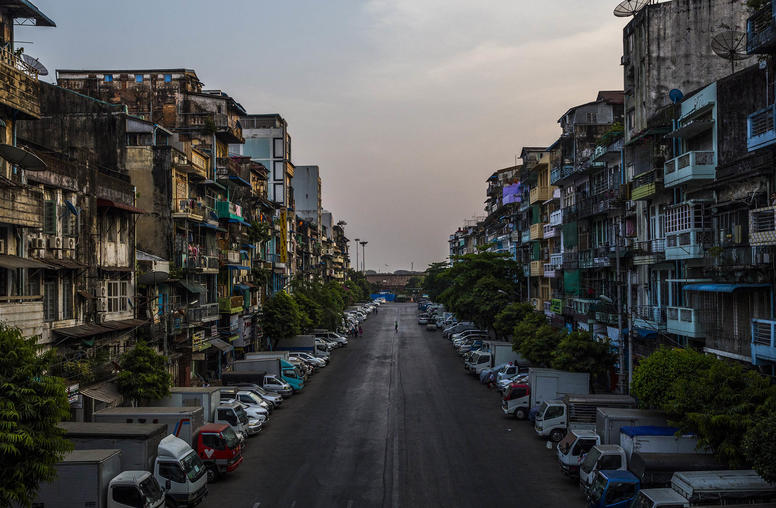The cold-blooded assassination of prominent constitutional lawyer U Ko Ni, an advisor to Aung San Suu Kyi, is emblematic of the deep political and social divisions that challenge democratic governance and political stability in Burma. As information has emerged about the case, the impact is inevitable on efforts to reform the country’s structures and unify its people.
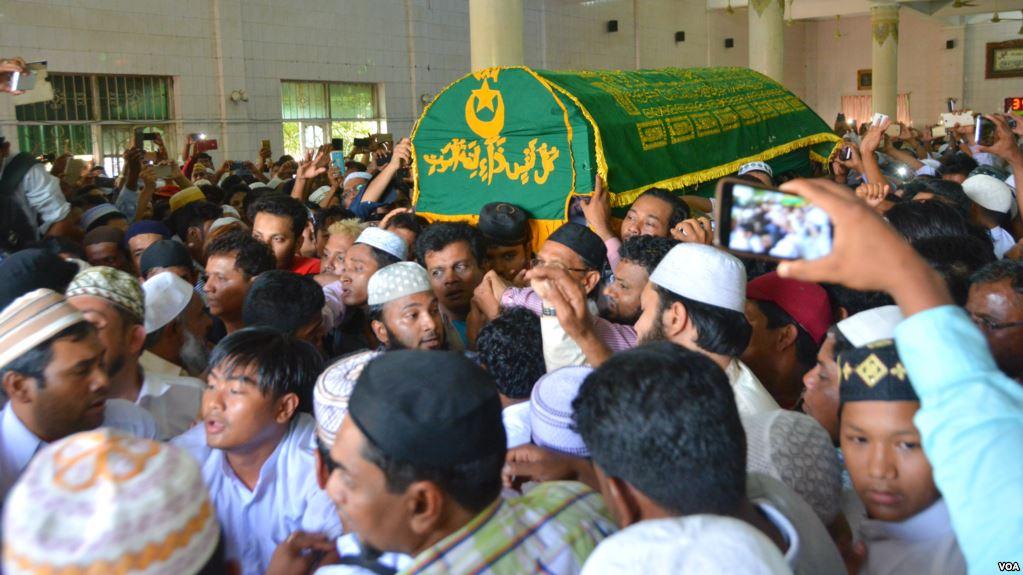
As he waited for transportation in front of the airport terminal in Yangon on Jan. 29, U Ko Ni was shot from behind by a hired gunman with a long prison record. With the help of some determined taxi drivers who chased down the gunman, the police captured him.
On the basis of his testimony, the police announced that a retired military officer had paid the suspect a large sum of money to kill the lawyer. The police later arrested two additional suspects, one a former military intelligence officer and the other the brother of the alleged mastermind and a former prison inmate. The alleged mastermind himself, a former Army lieutenant colonel, has yet to be apprehended.
The facts that have emerged so far point to the nativist extremism that lurks in dark corners of the Burman Buddhist psyche. Politically, there is the fact that U Ko Ni was known to be advising Suu Kyi and her National League for Democracy (NLD) party on constitutional revisions to eliminate the heavy military influence over the country’s political process. After 55 years of strict military rule, leaders of Burma’s armed forces are not ready to relinquish the provisions in the constitution that give them veto power in the parliament and control of all decisions affecting the country’s security.
Against the backdrop of the religious divisions between Burma’s majority Buddhists and the minorities such as the stateless Rohingya Muslims, the fact that U Ko Ni was Muslim became the basis for extremist monk U Wirathu to praise the assassin.
Other military connections in the case are revelatory too. According to the police, all the people implicated in the case thus far are retired military. And the brazen nature of the assassination—with a military weapon in a public setting in broad daylight—suggests that the incident was planned purposely to instill public fear and to demonstrate that powerful forces behind the scenes have the capacity to derail the country’s political course.
Police have attributed the motivation for the assassination to a “personal grudge.” They elaborated by saying that the mastermind had confided to his co-conspirators that he resented U Ko Ni’s political activities, and his brother solicited the hired assassin to “kill a diplomat of a foreign religion” in full public view, because it would be “good for the country, race, and religion.”
Attributing the act to extreme nationalism, the authorities asked rhetorically why all the perpetrators are ex-military and were they trying to sow discord between the government and the military?
Burmese officials and other observers with whom I’ve spoken report that the public tends to view the assassination as a warning to liberal reformers that conservative elements aligned behind the scenes with the military are still prepared to act as spoilers to protect their perceived interests. Not surprisingly, the case has sent a chill through the body politic.
